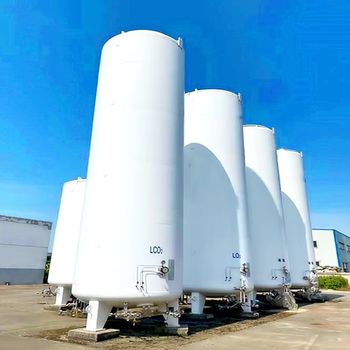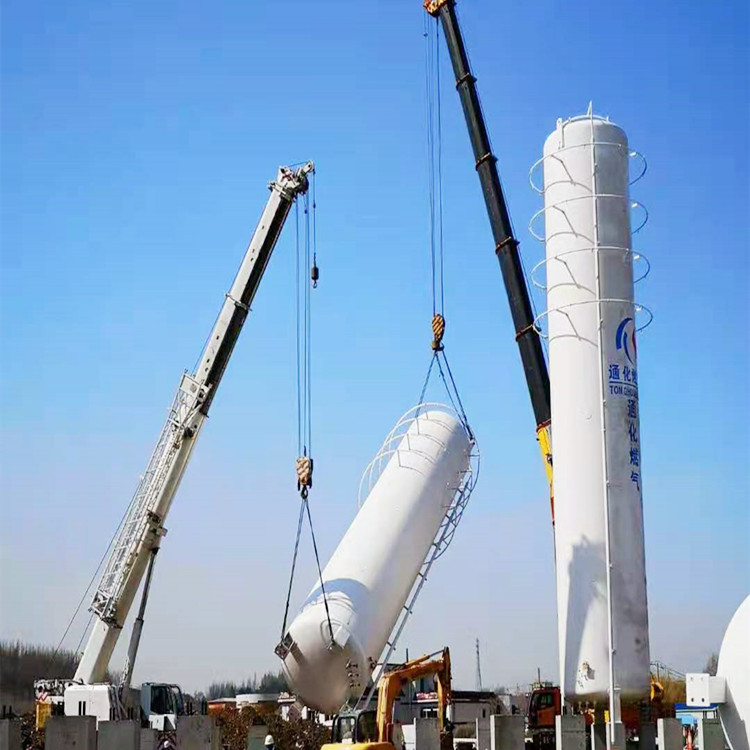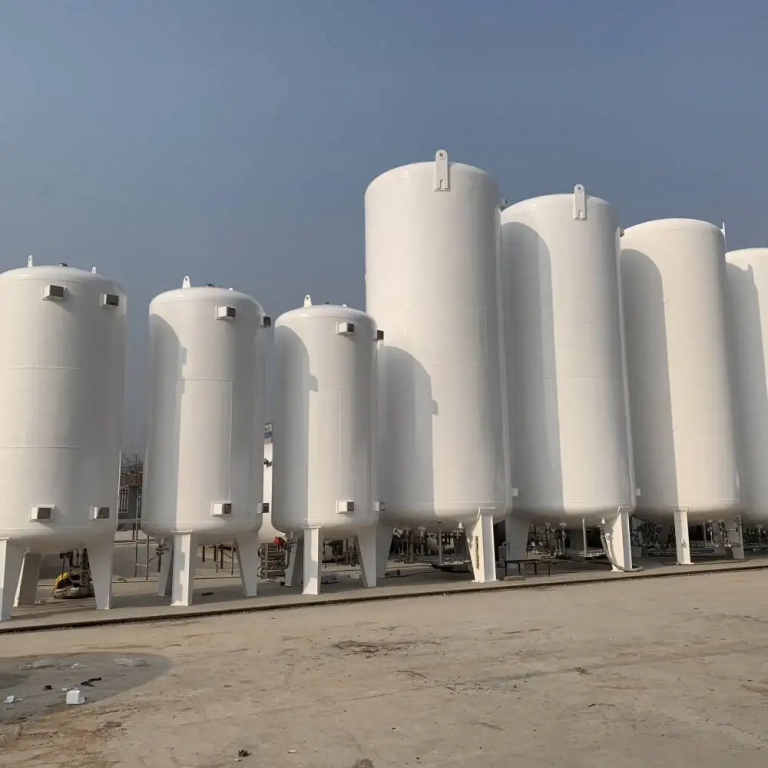Carbon Dioxide Recovery Process – Brief Introduction
The carbon dioxide recovery process typically includes the following steps:

Waste Gas Treatment:
- Processing exhaust gases from pollution sources to remove harmful substances, making them meet recovery requirements.
- Waste gas treatment involves processing exhaust gases to remove harmful substances through various methods including filtration, adsorption, dissolution, and catalysis.
- The purpose is to make exhaust gases meet recovery standards and reduce environmental pollution.
Carbon Dioxide Collection:
- Using adsorption or dissolution methods to separate CO₂ from exhaust gases.
- Common collection methods include adsorption (using adsorbents to separate CO₂) and dissolution (dissolving CO₂ in solvents followed by distillation or other separation methods).
Carbon Dioxide Concentration:
- Concentrating the collected CO₂ to higher purity levels, typically through compressed air or steam compression.
Carbon Dioxide Condensation:
- Liquefying the collected CO₂ using cooling water or condensers.
Gas-Liquid Separation:
- Separating gaseous and liquid CO₂ through filtration, dehydration, or other methods.

Carbon Dioxide Storage:
- Adjusting CO₂ concentration and pressure, usually via compressed air or steam.
Carbon Dioxide Transportation:
- Transferring CO₂ between equipment using corrosion-resistant pipelines with valves and flow meters.
Carbon Dioxide Utilization:
- Applying recovered CO₂ in industrial, agricultural, and biofuel sectors, including:
- Production of carbonated beverages and frozen foods
- Biofuel manufacturing
- Enhancing plant photosynthesis to promote growth.


